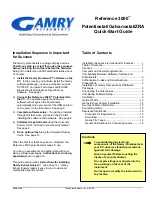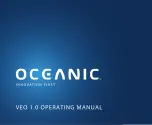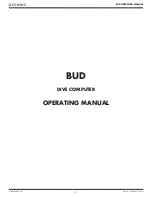
Model 2651A High Power System SourceMeter® Instrument Reference Manual
Section 3: Functions and features
2651A-901-01 Rev. A / March 2011
3-41
Figure 46: Using trigger events to start actions
SMU A
Hardware triggers
DIGITAL
I/O
(line 2)
Trigger event:
smua.trigger.SOURCE_COMPLETE_EVENT_ID
digio.trigger[2].stimulus
Stimulus input:
Legend:
= Trigger object
= External input trigger
= External output trigger
= Trigger events
= Stimulus input
A stimulus input can be configured to monitor for only one trigger event ID at a time. To monitor more
than one event, use an event blender.
See
(on page 3-49) for more information.
Action overruns
An action overrun occurs when a trigger object receives a trigger event and is not ready to act on it.
The action overruns of all trigger objects are reported in the operation event registers of the status
model. Please refer to
(on page E-1) and the appropriate sections on each trigger
object for further details on conditions under which an object generates an action overrun.
Digital I/O port and TSP-Link synchronization lines
The Model 2651A has two sets of hardware lines that can be used for triggering: 14 digital I/O lines
and three TSP-Link
®
synchronization lines. These trigger objects can be configured and controlled in
the same way.
See
(on page 3-83) for more information about connections and direct control of the digital
I/O and TSP-Link synchronization lines.
Common attributes
Mode
Indicates the type of edge the hardware lines detects as an external input trigger. Mode also indicates
the type of signal generated as an external output trigger. The following table describes the hardware
trigger modes for the hardware trigger lines. The hardware trigger modes are described in greater
detail in
NOTE
Setting the mode to bypass will not allow the hardware line to be used for triggering.
















































